In the trend of modern bathroom renovation, smart toilets are gradually becoming a highly anticipated upgrade option. In the past, consumers mainly considered the flushing effect, durability, and water-saving performance when choosing a toilet. Nowadays, with the popularisation of smart home concepts, more and more families hope that their bathrooms can strike a balance between comfort, hygiene, and technological sense. According to Statista's 2024 data, the US bright bathroom market is expected to continue growing over the next five years, with smart toilets being a key category.
But like all home products, smart toilets are not perfect. It offers significant advantages in comfort, hygiene, and energy efficiency, but also has potential drawbacks, including high price, complex installation, and high maintenance costs. This article will comprehensively analyse the advantages and disadvantages of smart toilets in bathroom renovation from the perspectives of practicality, consumer trends, and industry data, providing a reference for consumers and designers.
1. The main advantages of Smart Toilets
1.1 Improve cleanliness and hygiene levels
The core function of the intelligent toilet is the built-in cleaning nozzle (bidet function), which uses warm water cleaning instead of traditional tissue wiping. This feature not only provides greater comfort but also significantly enhances personal hygiene levels.
A study by Mayo Clinic in the United States shows that using warm water to clean can help reduce discomfort for patients with sensitive skin or haemorrhoids, and improve overall health after using the toilet.
In addition, many smart toilets feature functions such as automatic flushing, antibacterial seats, and ultraviolet disinfection, which reduce contact between hands and bacteria, thereby better meeting the high hygiene requirements of consumers in the post-pandemic era.
1.2 Improve user comfort
Compared to traditional toilets, smart toilets are typically equipped with features such as heated seats, warm air drying, and automatic lid opening and closing. These designs not only enhance the toilet experience but also reflect humanised care.
For example, in the cold winter, the heating seat ring significantly enhances comfort, while the warm air drying function reduces the use of tissues.
For older people and users with limited mobility, the automation function of smart toilets can reduce the need for bending or turning movements, thereby improving safety and convenience.
1.3 Water conservation and environmental protection
Modern smart toilets commonly employ dual-flush systems or high-efficiency water-saving designs in their flushing technology. According to the US Environmental Protection Agency (EPA), smart toilets can reduce water usage by up to 20% -30% with each flush, making them more environmentally friendly compared to traditional toilets.
Meanwhile, reducing the use of paper towels not only lowers household expenses but also reduces the environmental impact of paper products.
1.4 Sense of Technology and Modern Aesthetics
In bathroom decoration, smart toilets are not only functional devices, but also symbolise modernisation and a high-end lifestyle. Whether it's the minimalist design or the concealed water tank and wall-mounted installation, smart toilets often enhance the overall style of the bathroom, making it more futuristic.
According to the Houzz 2024 bathroom renovation report, about 18% of high-end bathroom renovation owners choose to install smart toilets in their projects, indicating that they are gradually becoming a landmark product for families to upgrade their quality.
1.5. Additional intelligent functions
Some high-end models also offer features such as night light illumination, air purification, automatic deodorisation, and intelligent sensing. These seemingly 'small details' can significantly enhance the overall user experience of the bathroom, making toileting no longer a single necessity in daily life, but a daily process that combines comfort and technology.

2. Potential shortcomings of Smart Toilets
2.1 High price
One of the most significant disadvantages of smart toilets is their price. The entry-level smart toilet on the market is usually priced at $800-1500, while high-end products may be as high as $3000 or more. In contrast, the price of a regular toilet is usually only $200-500.
For families with limited budgets, this is a significant expense. Even considering long-term water conservation and reducing tissue costs, the short-term return on investment is still limited.
2.2 Complex installation
Unlike traditional toilets, smart toilets require additional power interfaces to support seat heating, nozzles, and control systems. This means that during bathroom renovation, collaboration between electricians and plumbers may be required, increasing the complexity and cost of construction.
This is particularly noteworthy for old houses or residences with limited electrical layouts.
2.3 High maintenance and repair costs
The internal structure of smart toilets is complex, including electronic components and mechanical systems. Once a malfunction occurs, maintenance costs are often higher than those of traditional toilets. Some imported brands may still require waiting for parts, resulting in extended maintenance cycles.
Additionally, accessories such as filter cartridges and nozzles require regular replacement, and these long-term maintenance costs must also be factored in.
2.4 There is a learning curve for some users
Although many people enjoy the convenience of smart toilets, complex buttons and functions may cause inconvenience for the elderly or users unfamiliar with technology. If the design of the control panel is not intuitive enough, it may actually affect the user experience.
2.5 High dependence on electricity
In the event of a power outage, the functionality of some smart toilets may be significantly limited, and even unable to flush properly. This poses a potential hazard in areas with frequent natural disasters or unstable power supplies.
3. Consumer Trends and Industry Dynamics
According to Grand View Research's market forecast, the global smart toilet market is expected to reach $16.2 billion by 2030, with steady growth in the North American market. The increasing acceptance of smart homes among American consumers has made smart toilets an increasingly popular option for bathroom renovation projects.
At the same time, manufacturers are reducing costs through modular design and intelligent integration. For example, some brands have launched innovative toilet seat attachments, enabling consumers to upgrade traditional toilets to smart versions at a lower cost ($300-$600), which has also contributed to the growing popularity of smart toilets.
4. Suitable application scenarios for installing Smart Toilets
High-end bathroom renovation: For residences that prioritise comfort and technology, smart toilets can significantly enhance the overall experience.
Home master bathroom: a space that is frequently used in daily life and can better utilise the value of intelligent functions.
Elderly or people with limited mobility: Automatic cleaning and sensing functions can reduce the burden of movement and improve safety.
Water saving and environmentally friendly households: In terms of long-term water conservation and reducing the use of paper towels, smart toilets can bring considerable environmental benefits.
5. How to balance the pros and cons?
Families with limited budgets: Consider purchasing smart toilet seats as a transitional solution.
Flexible space renovation projects: Power supply and pipelines should be planned to avoid construction difficulties in the later stages.
Families that value long-term user experience should choose brands with good after-sales service to ensure worry-free maintenance.
Users with strong environmental awareness can include the long-term value of water conservation and reducing paper towels in their investment return analysis.
Conclusion
In bathroom renovation, smart toilets are undoubtedly an upgraded choice that combines comfort, hygiene, and modernity. Its advantages lie in more thorough cleaning, a more comfortable experience, water conservation, environmental protection, and a sense of the future, which meets the current consumers' pursuit of a high-quality life.
However, its price, installation and maintenance costs, and dependence on electricity have also deterred some households.
The final choice should be based on family budget, bathroom layout, lifestyle habits, and long-term needs. If the pursuit is a modern high-end experience with an emphasis on health and hygiene, the investment value of smart toilets is considerable. However, if the budget is limited or bathroom conditions are restricted, traditional high-efficiency water-saving toilets combined with intelligent cover plates may be a more flexible solution.

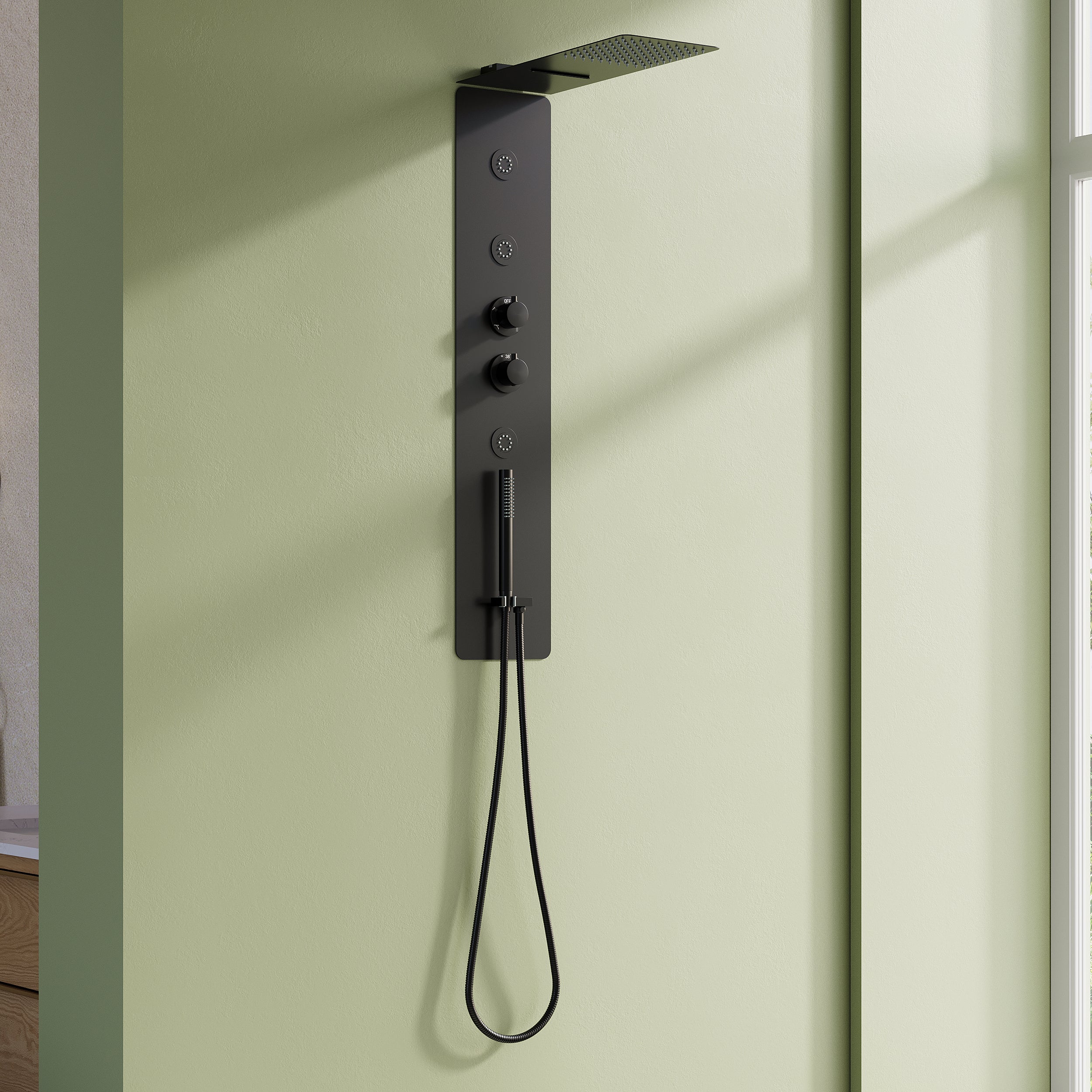






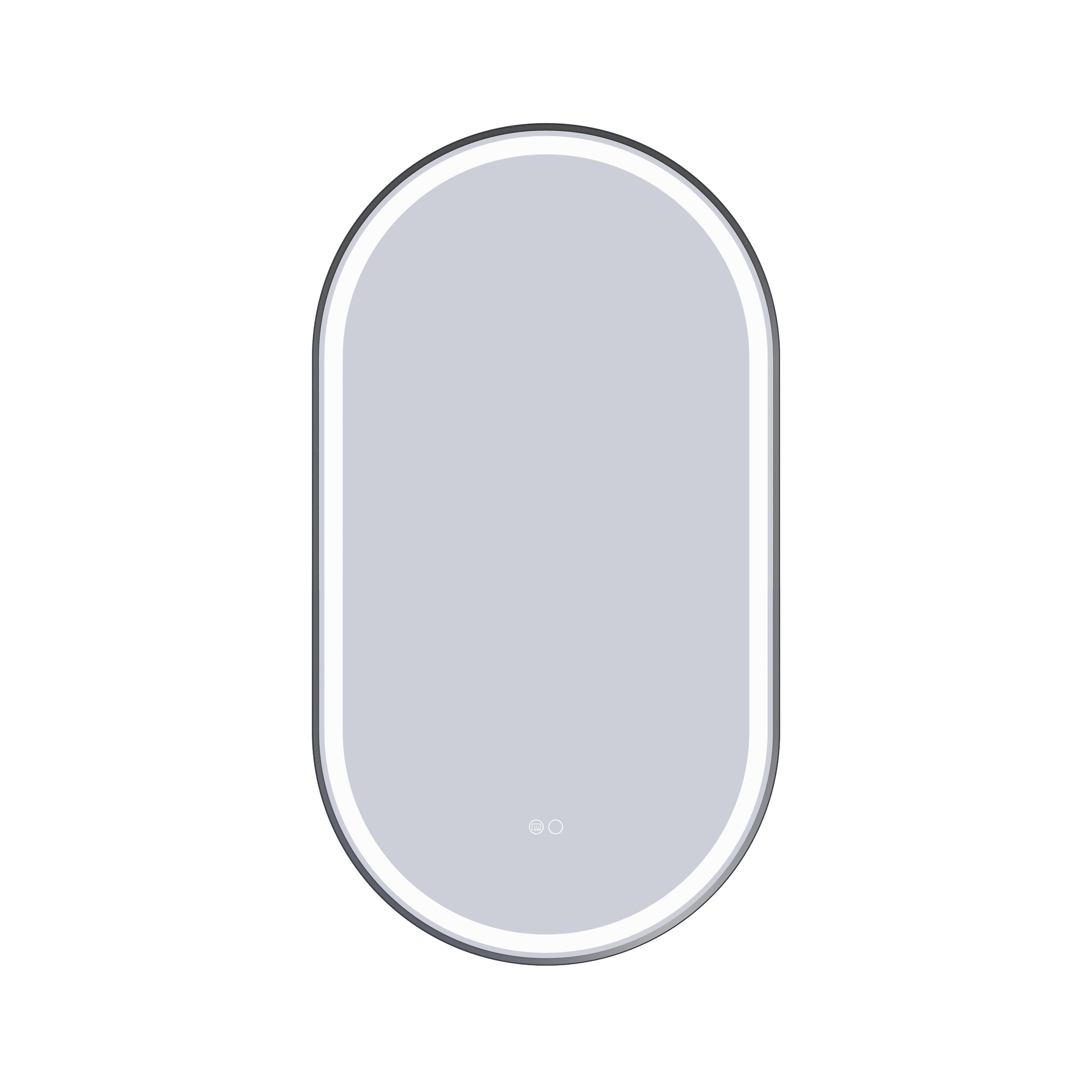


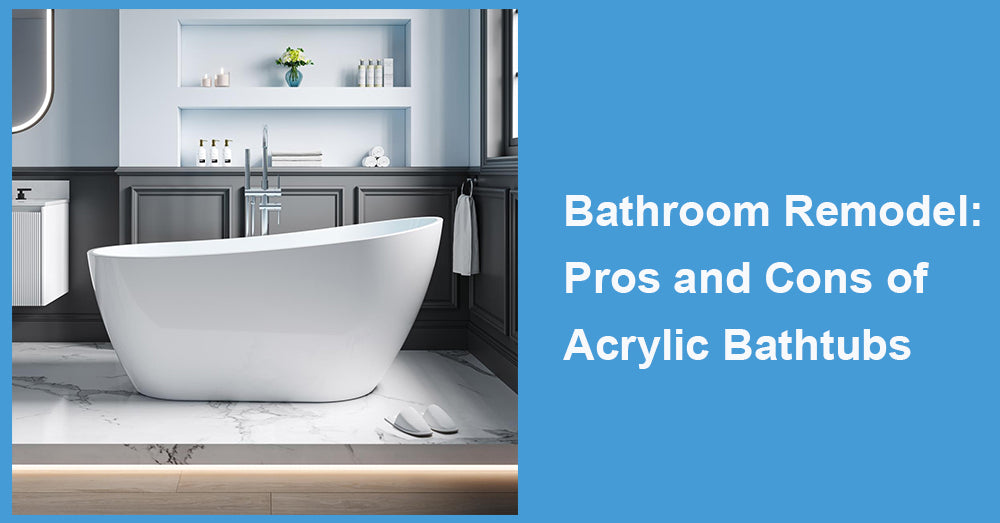
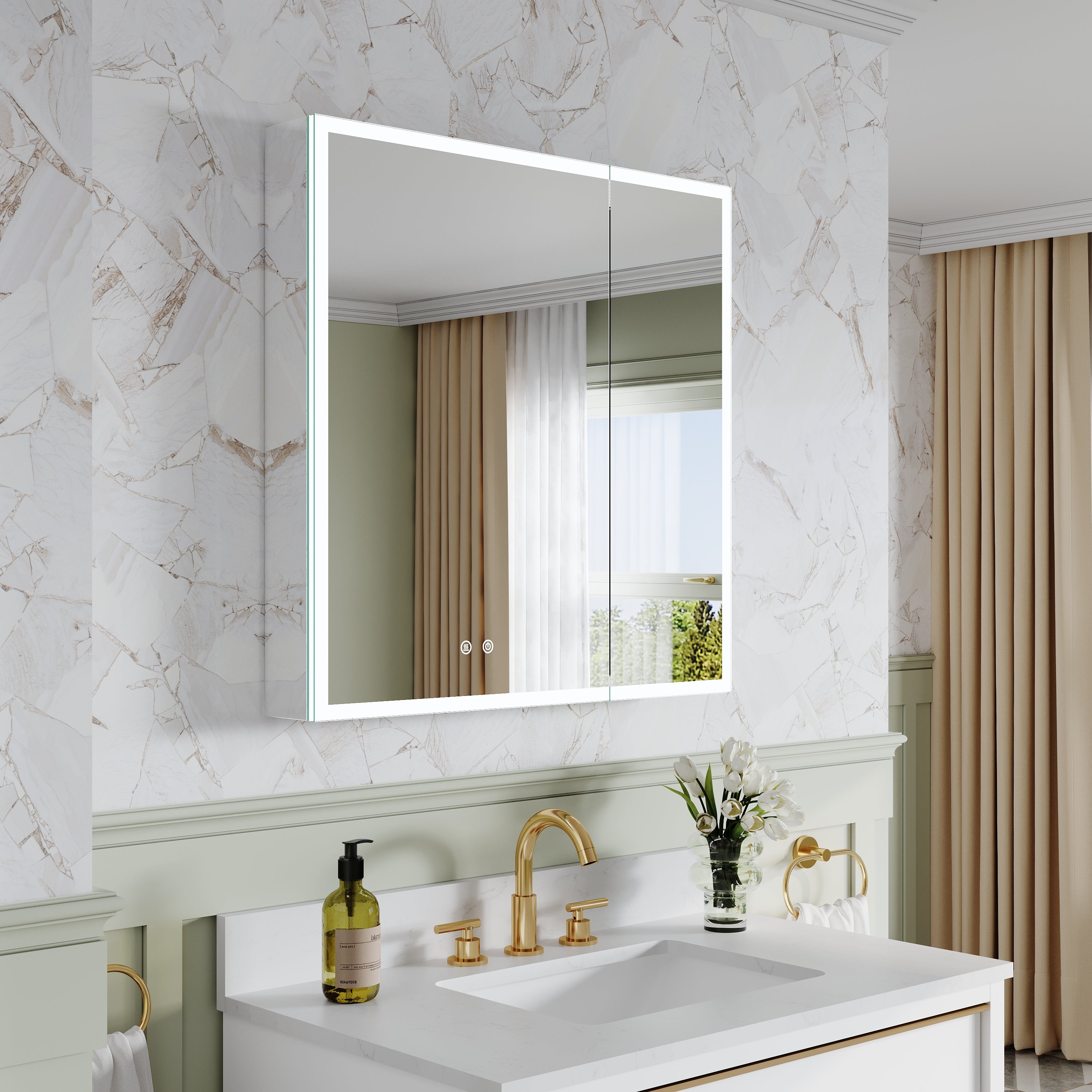
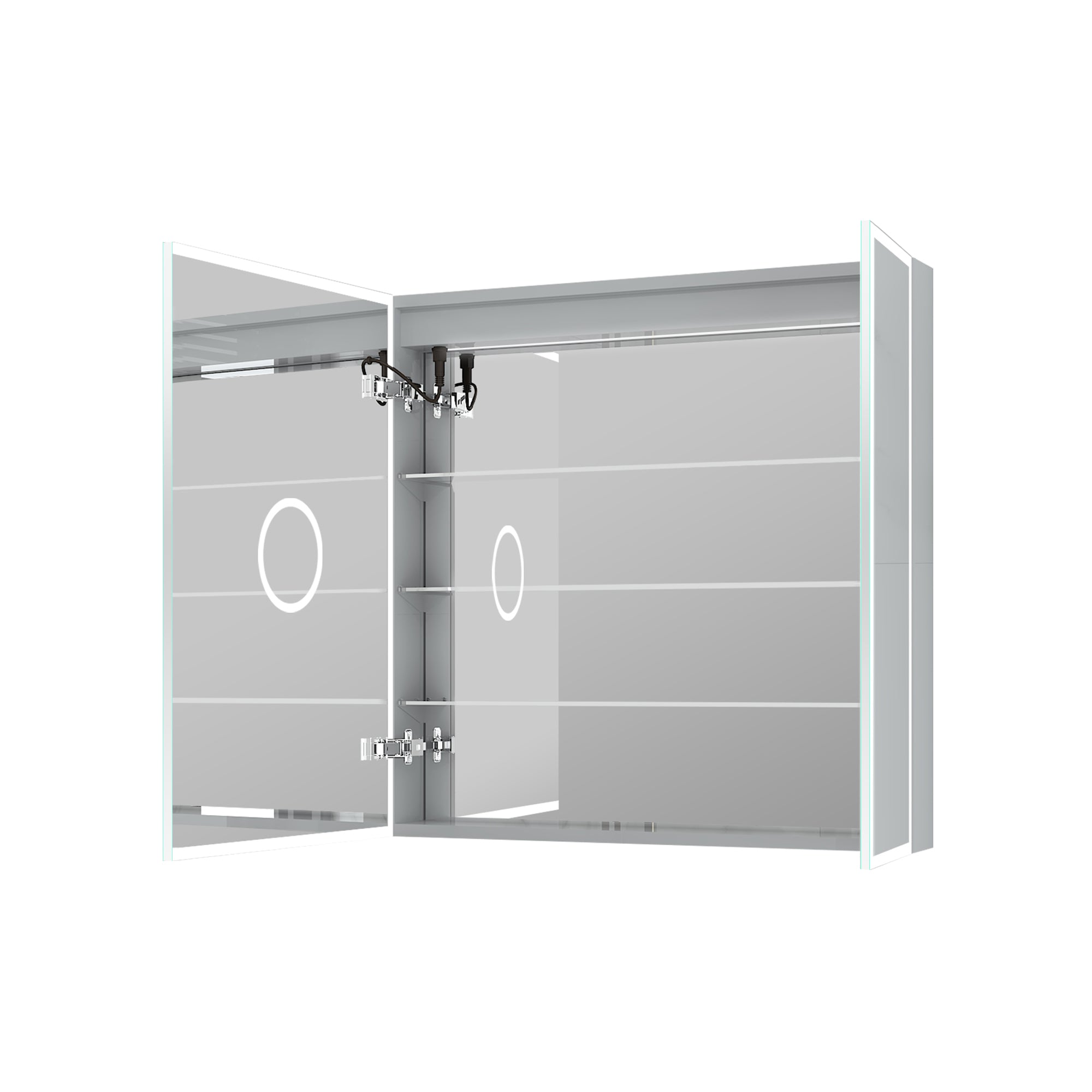
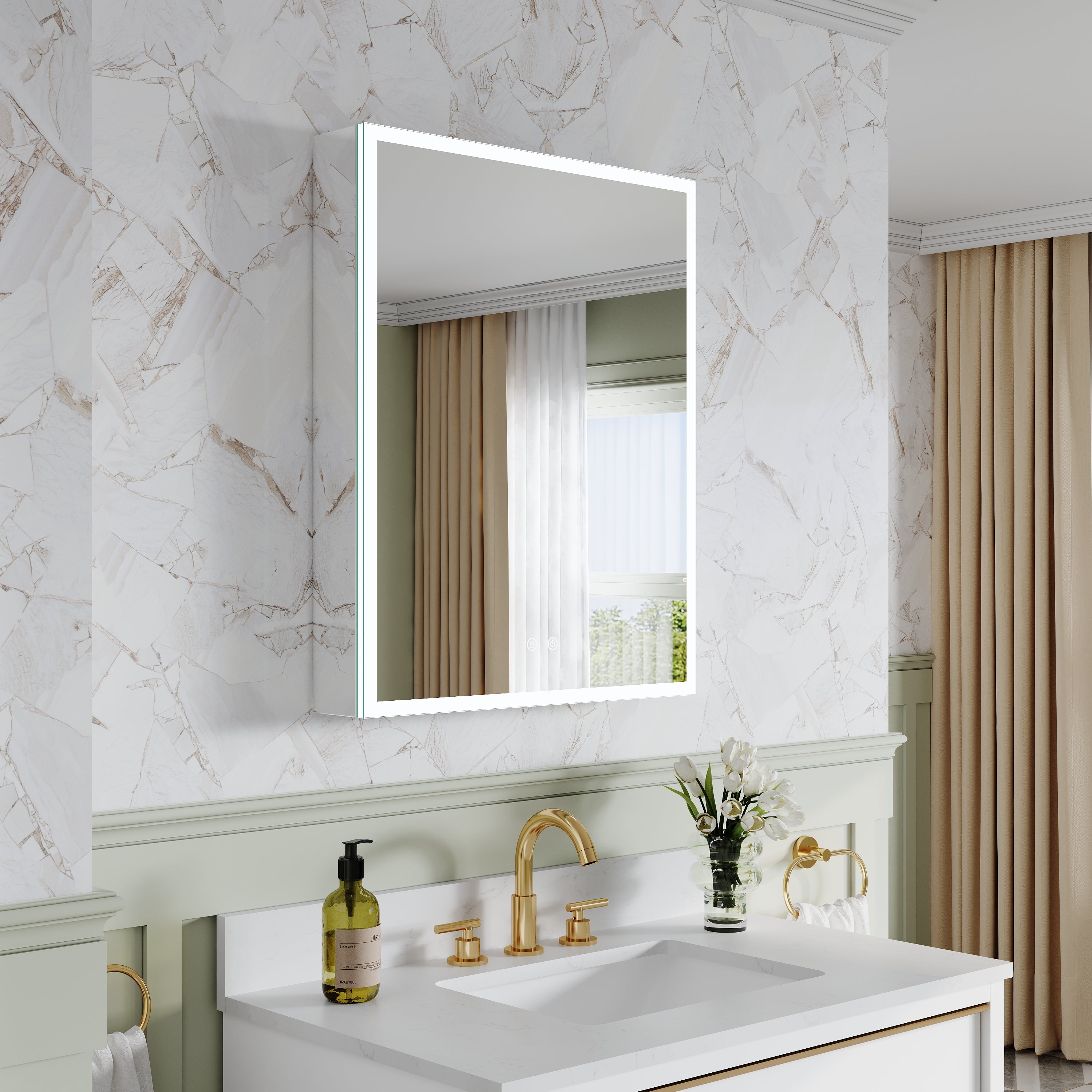
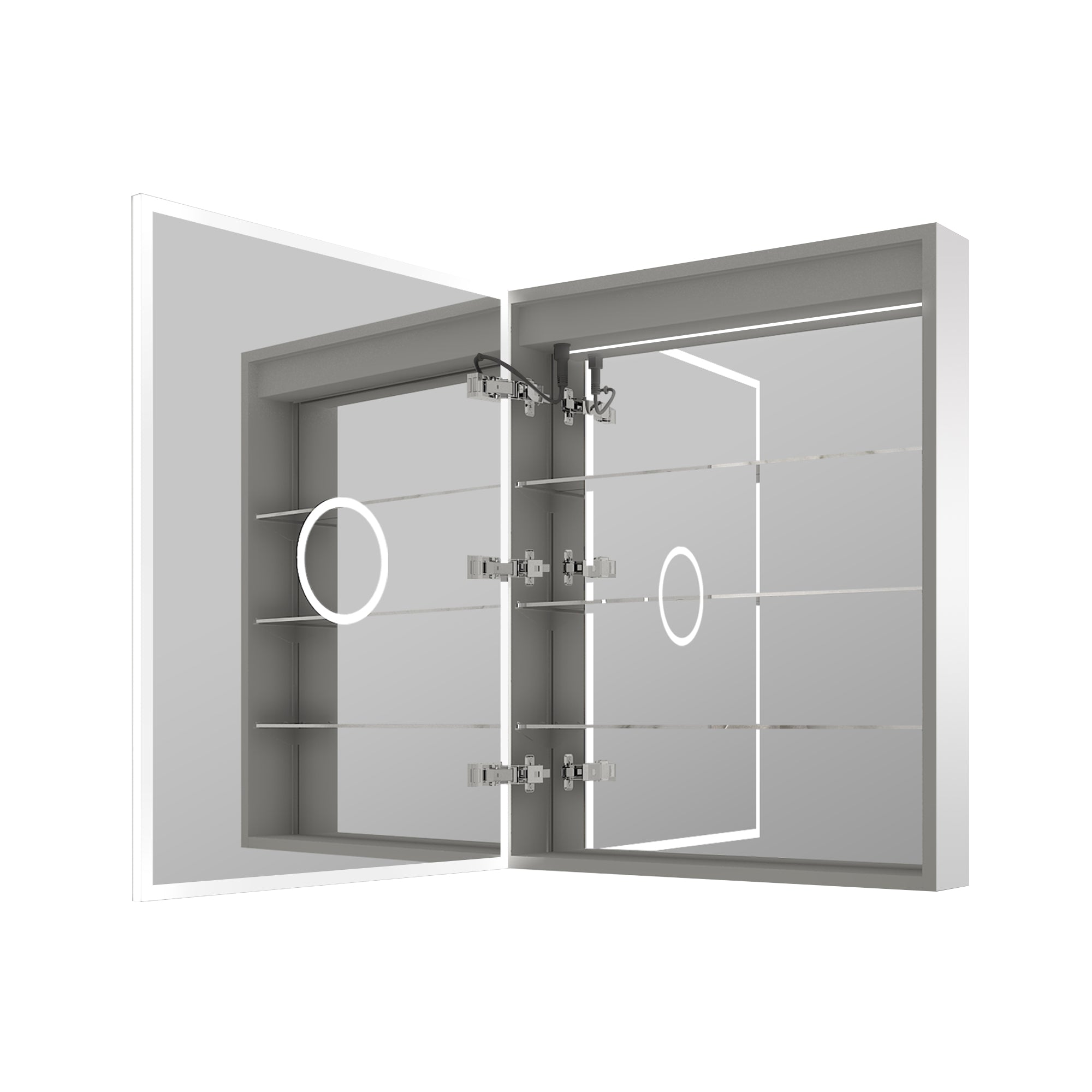
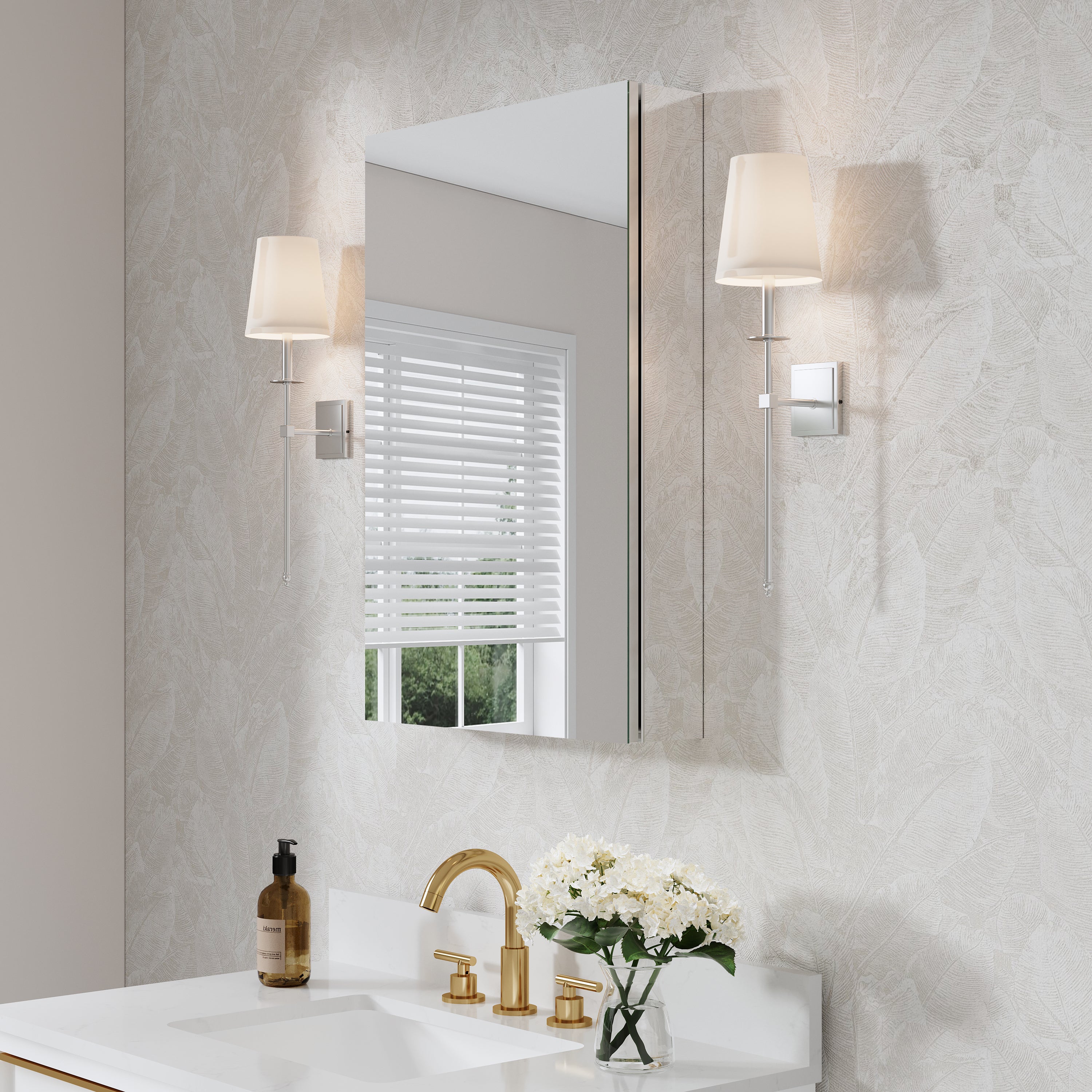
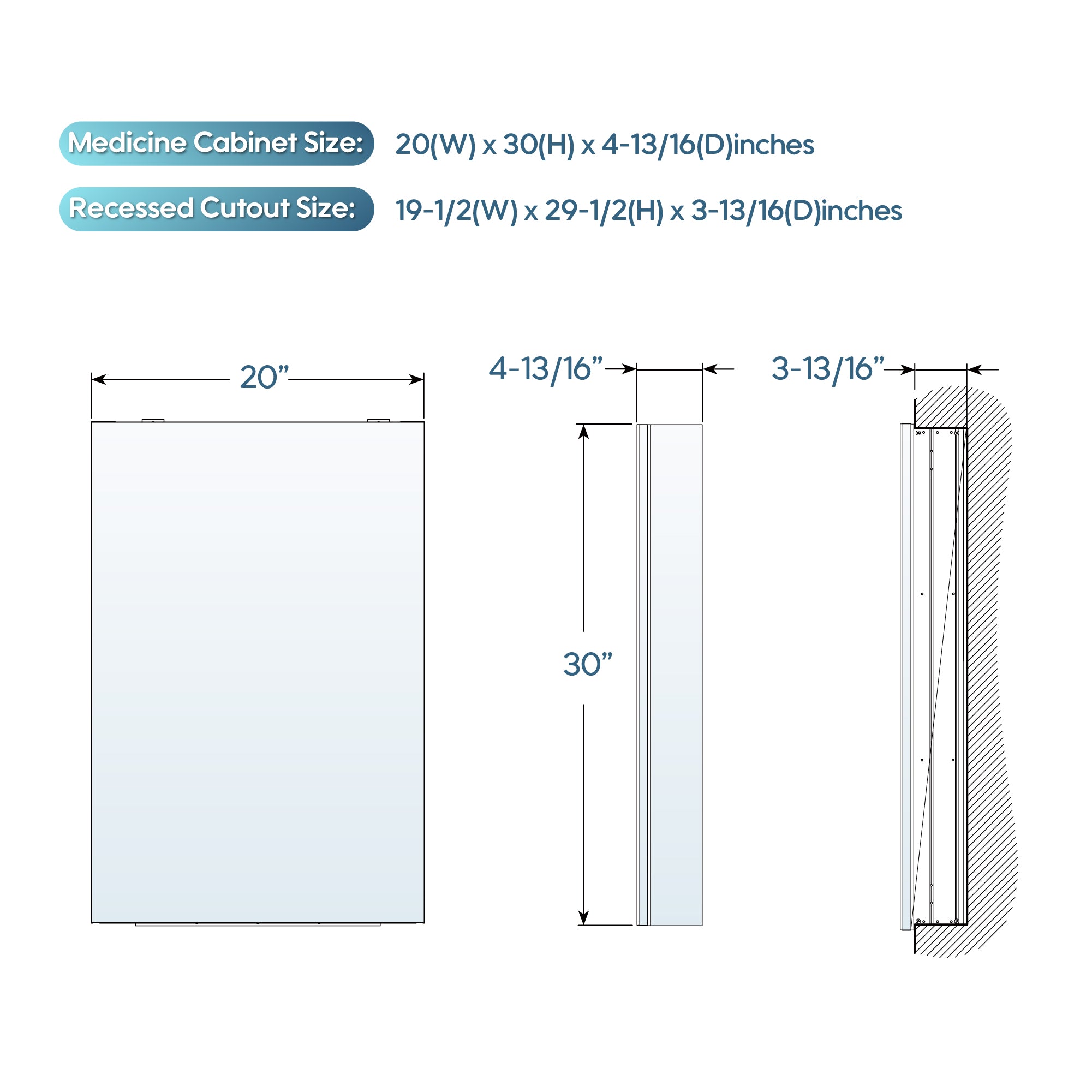
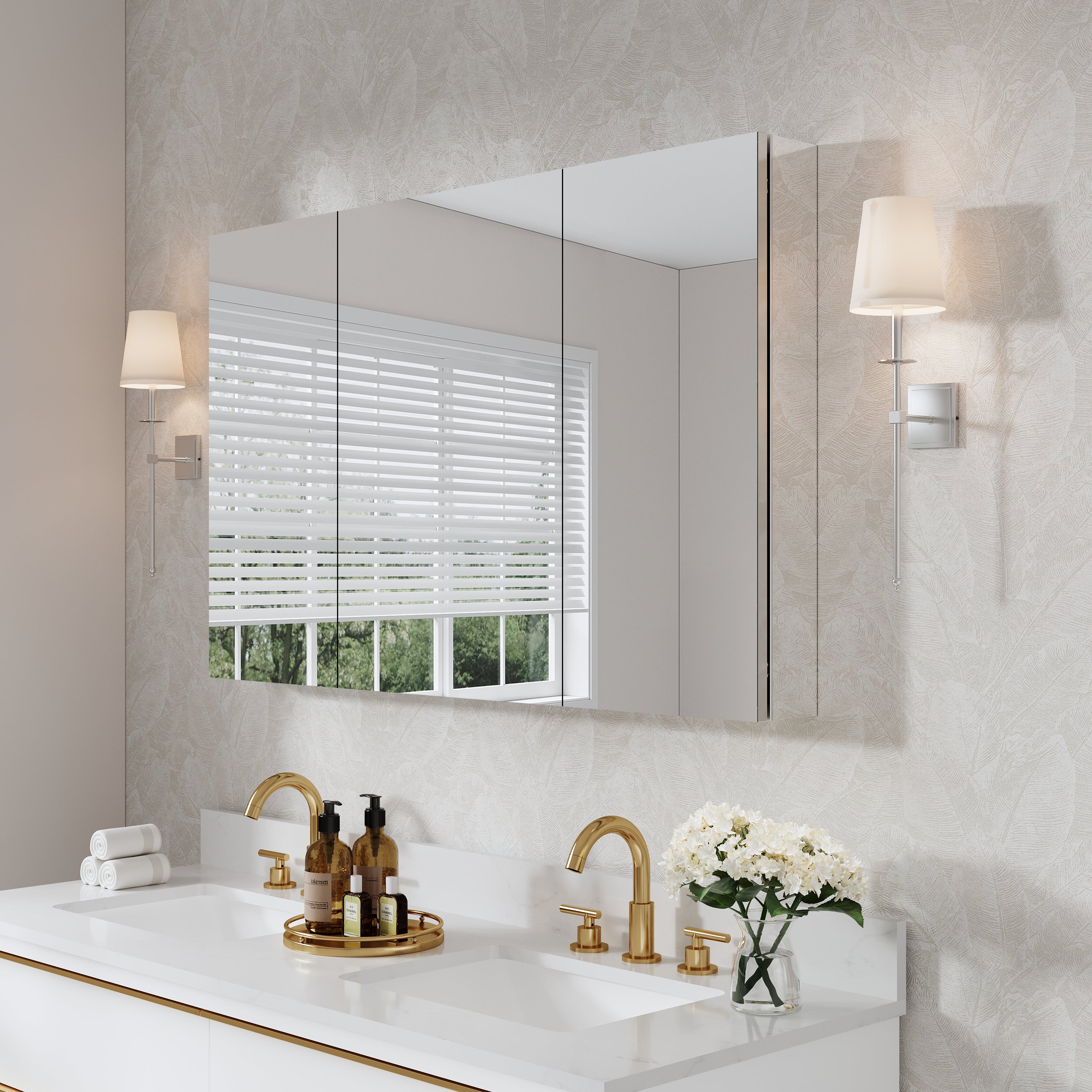
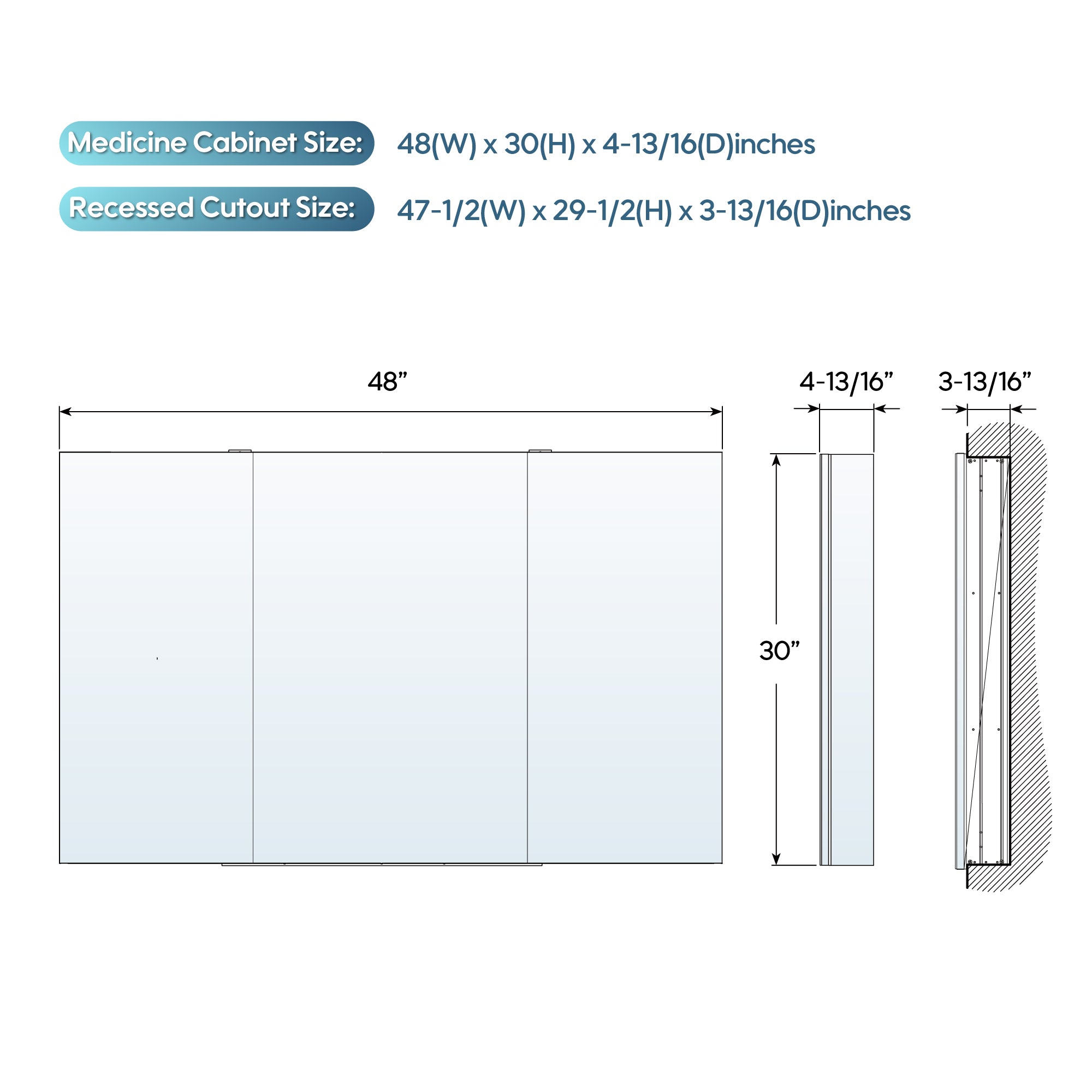
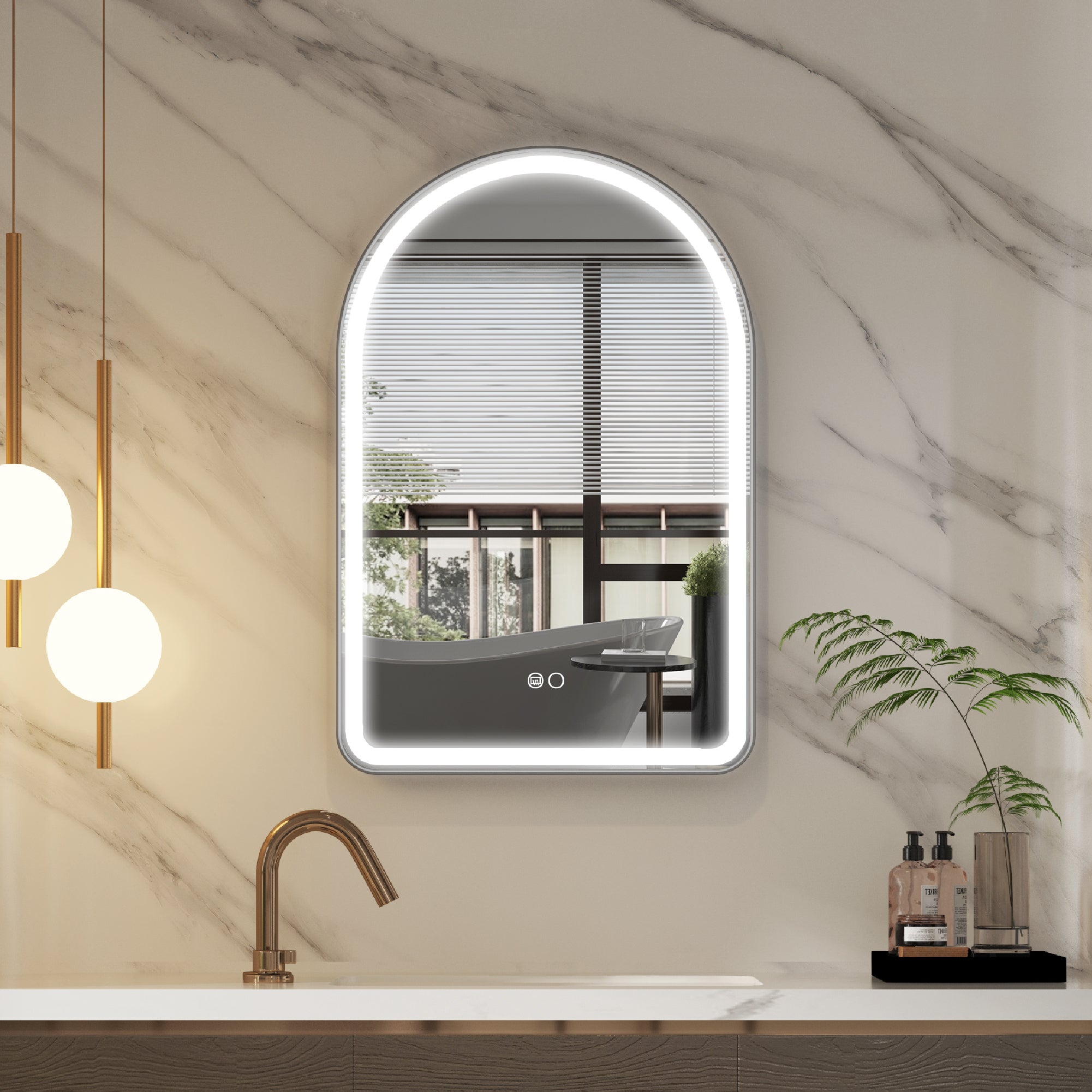
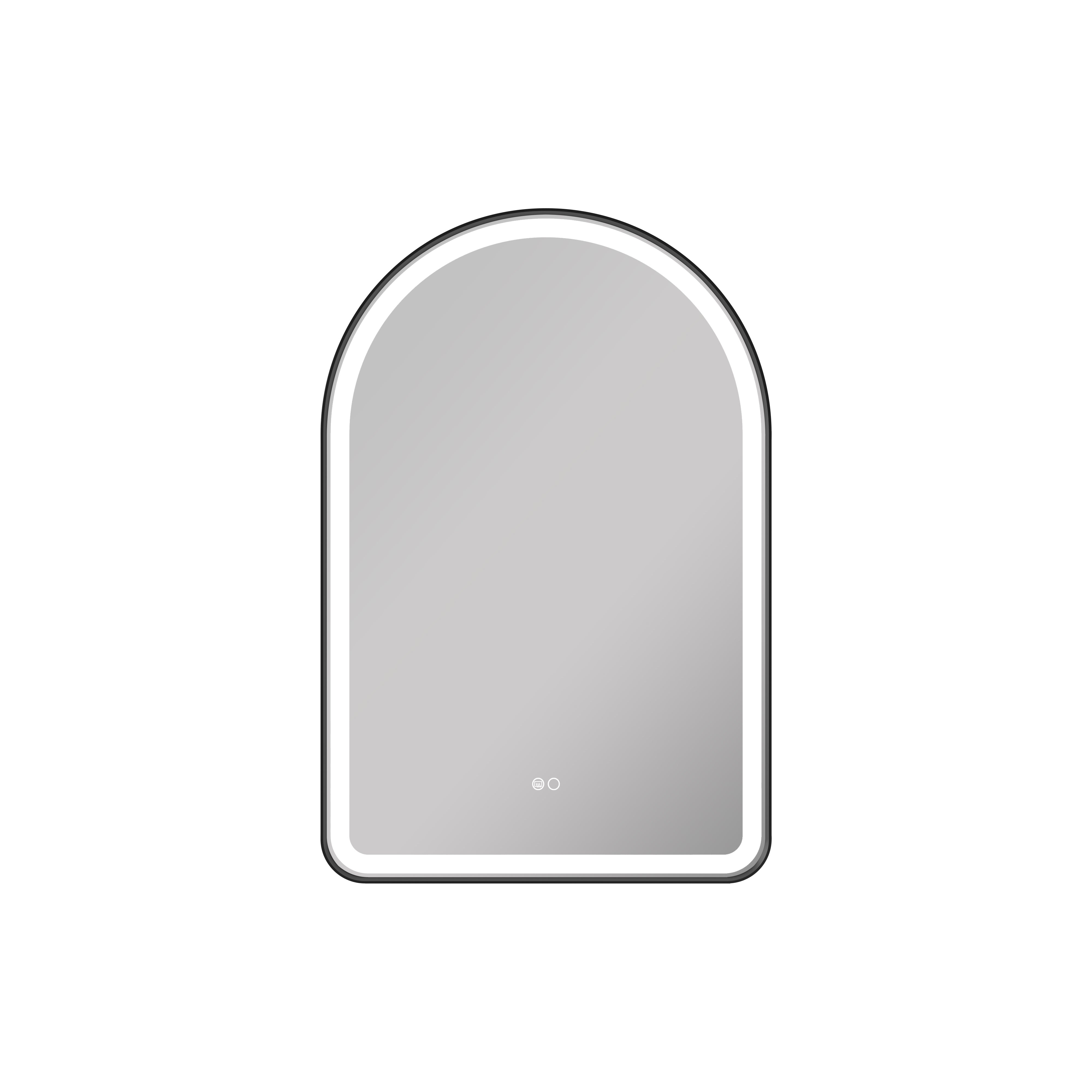


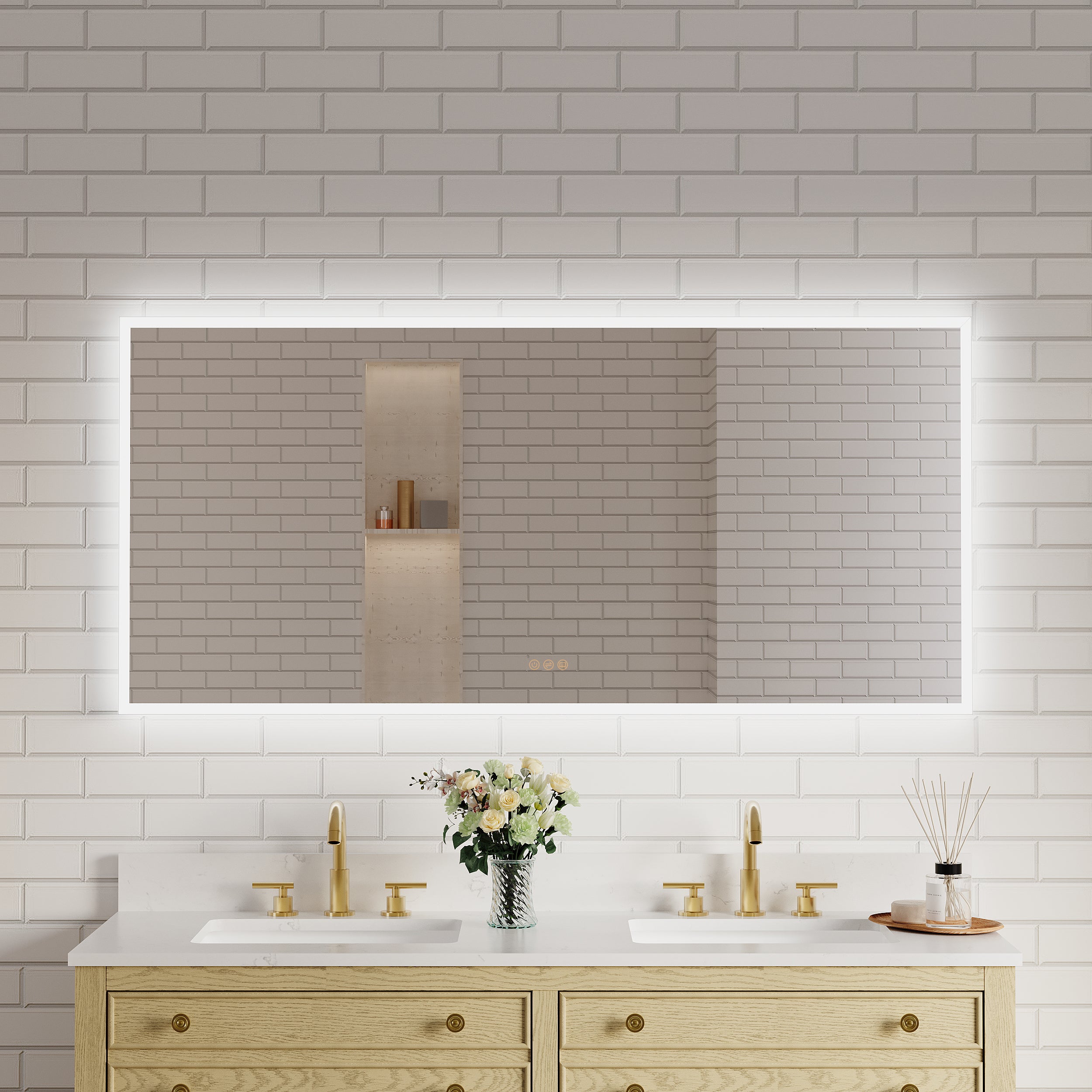

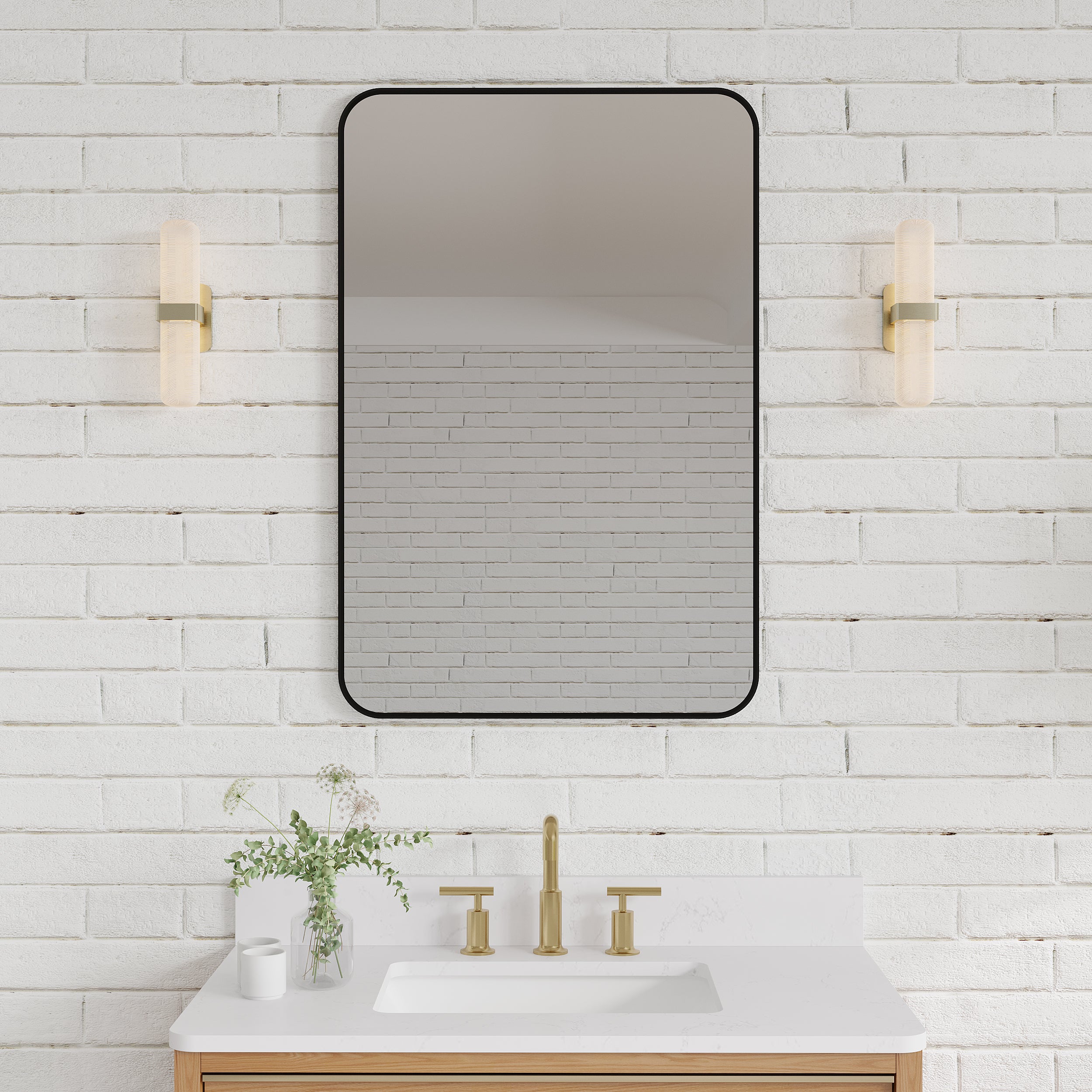

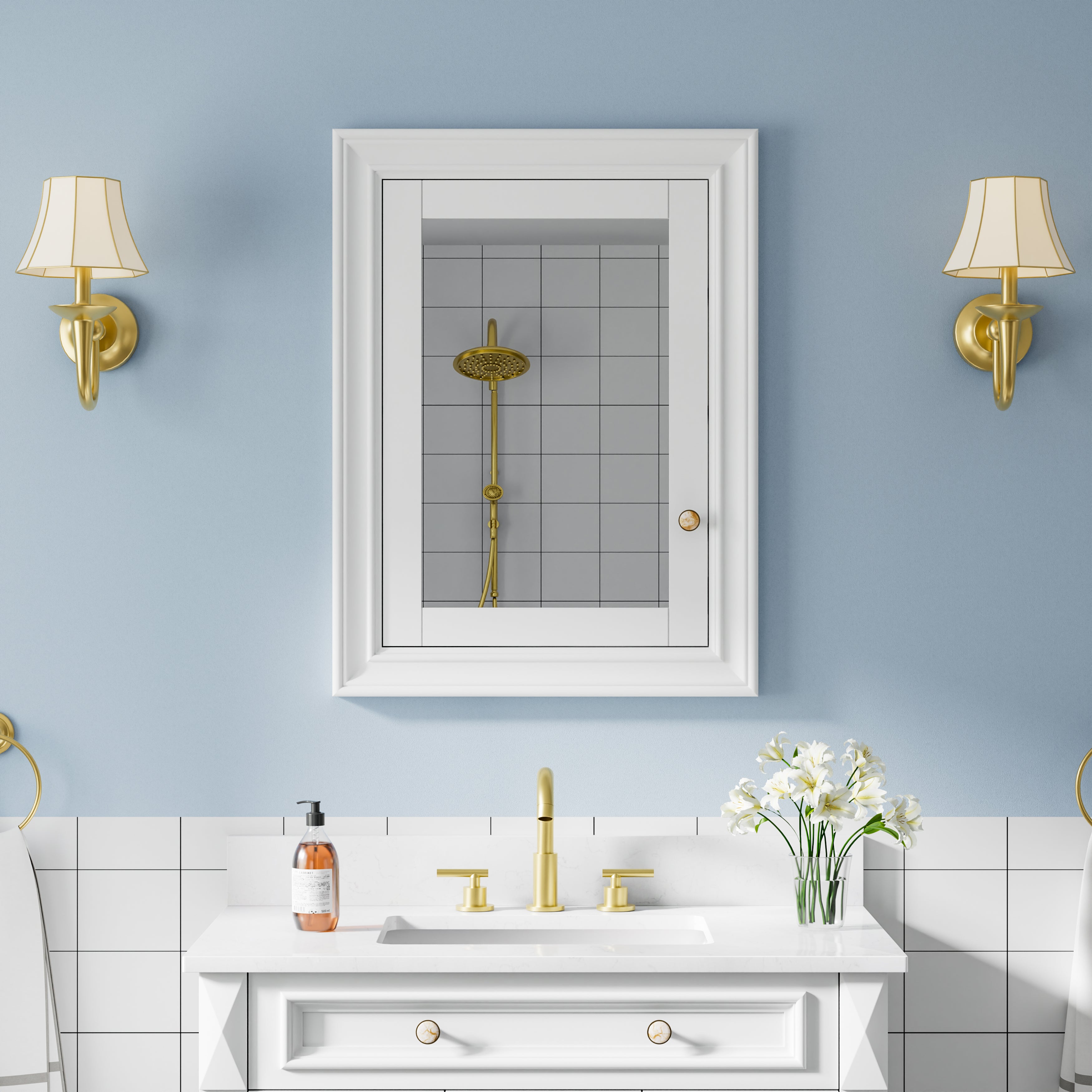
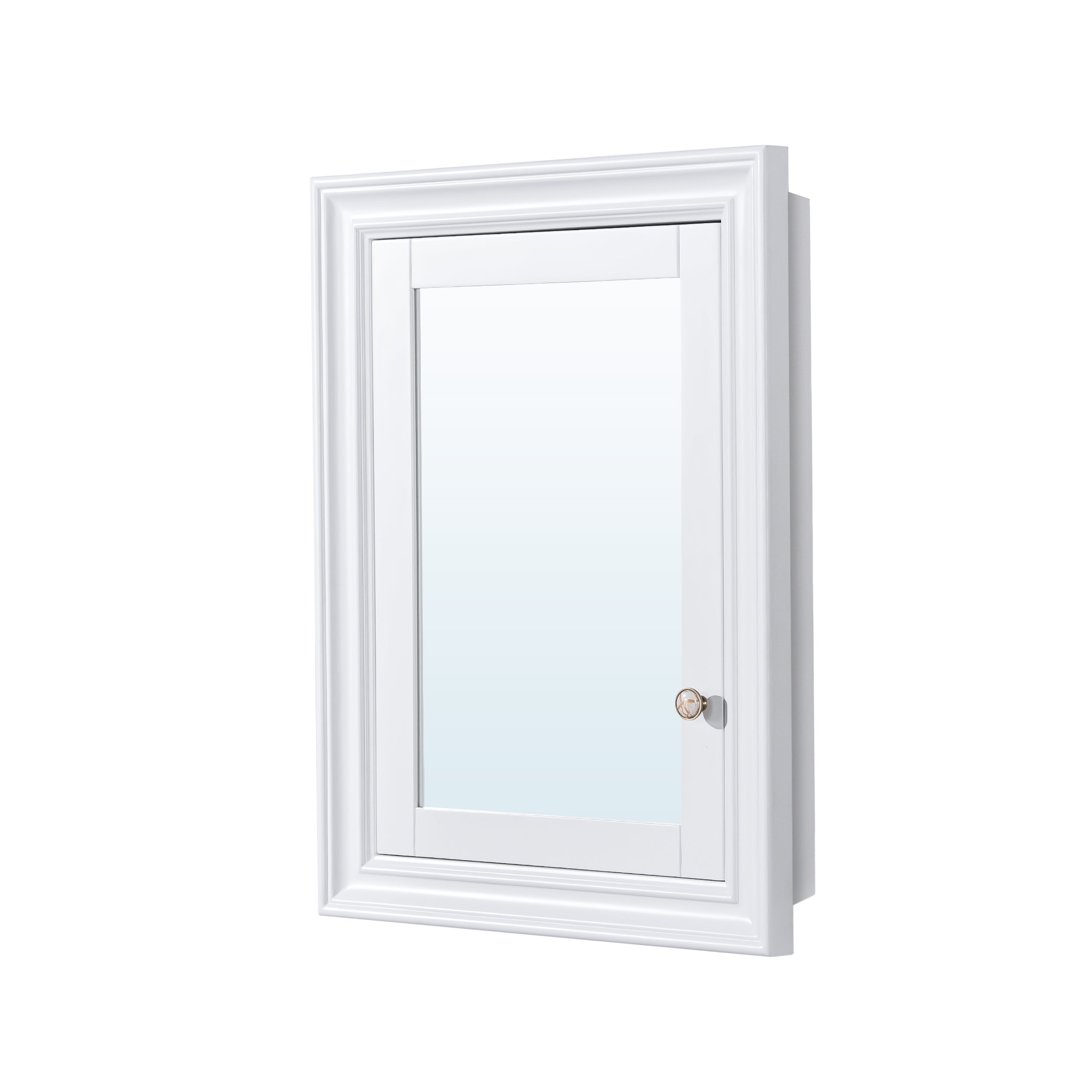










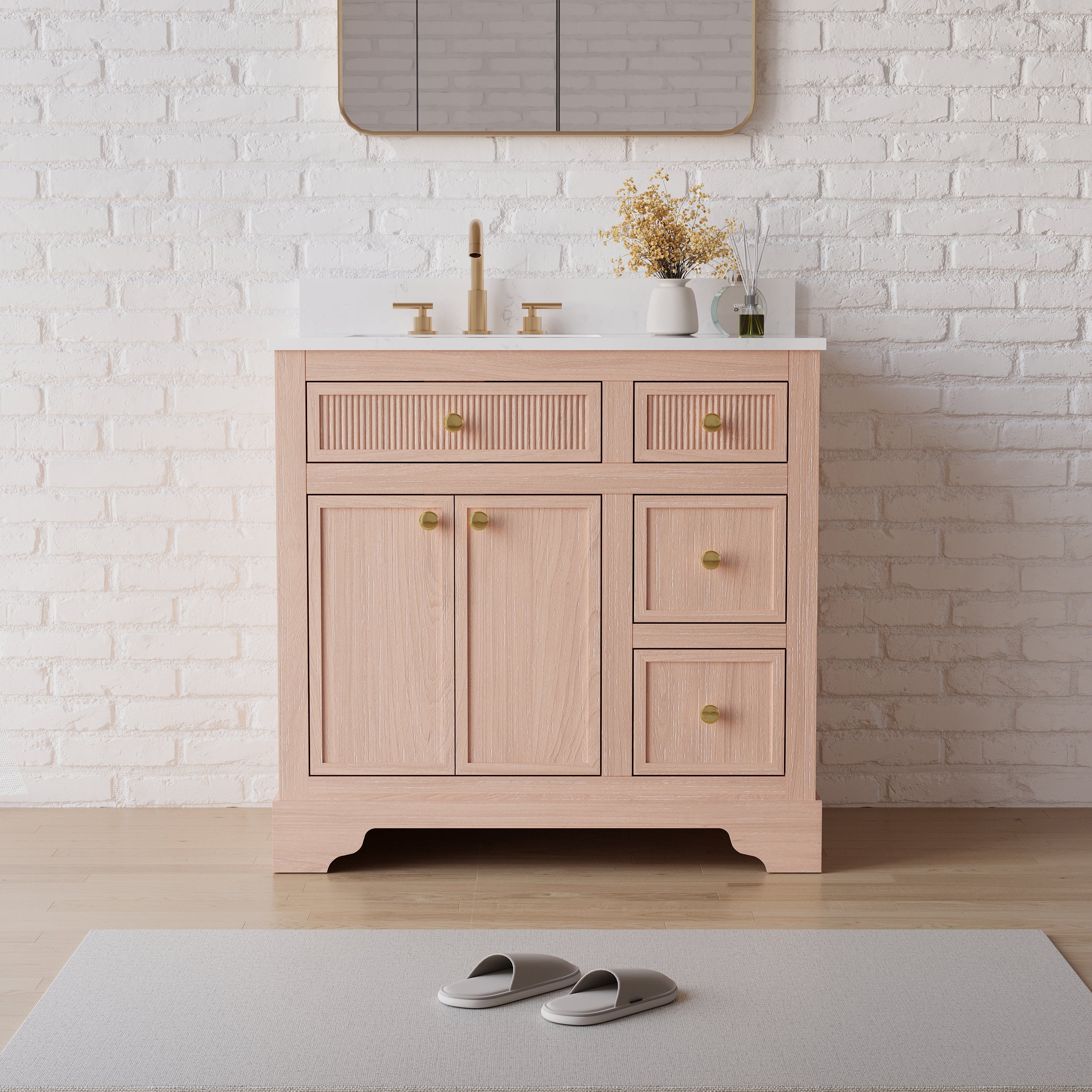
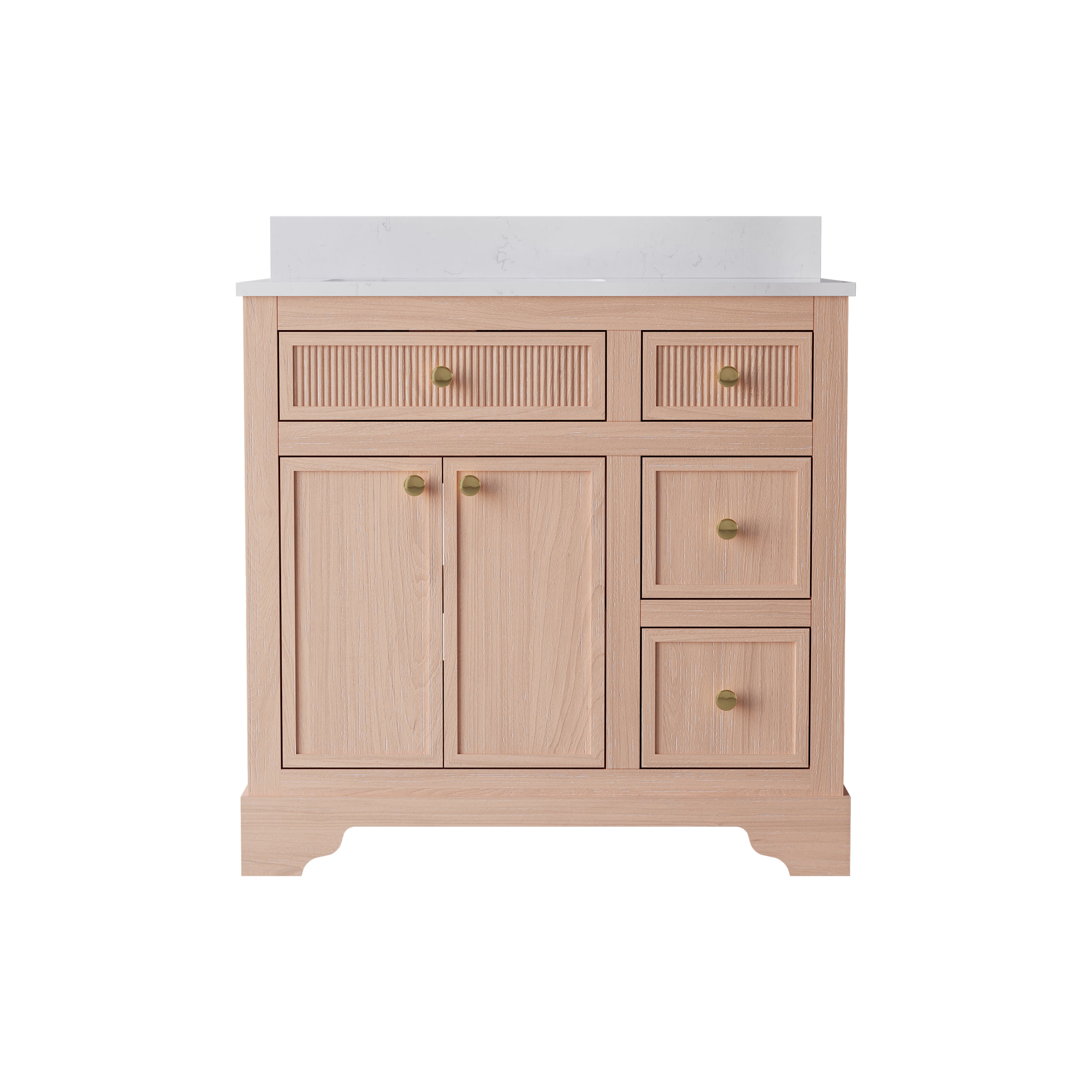
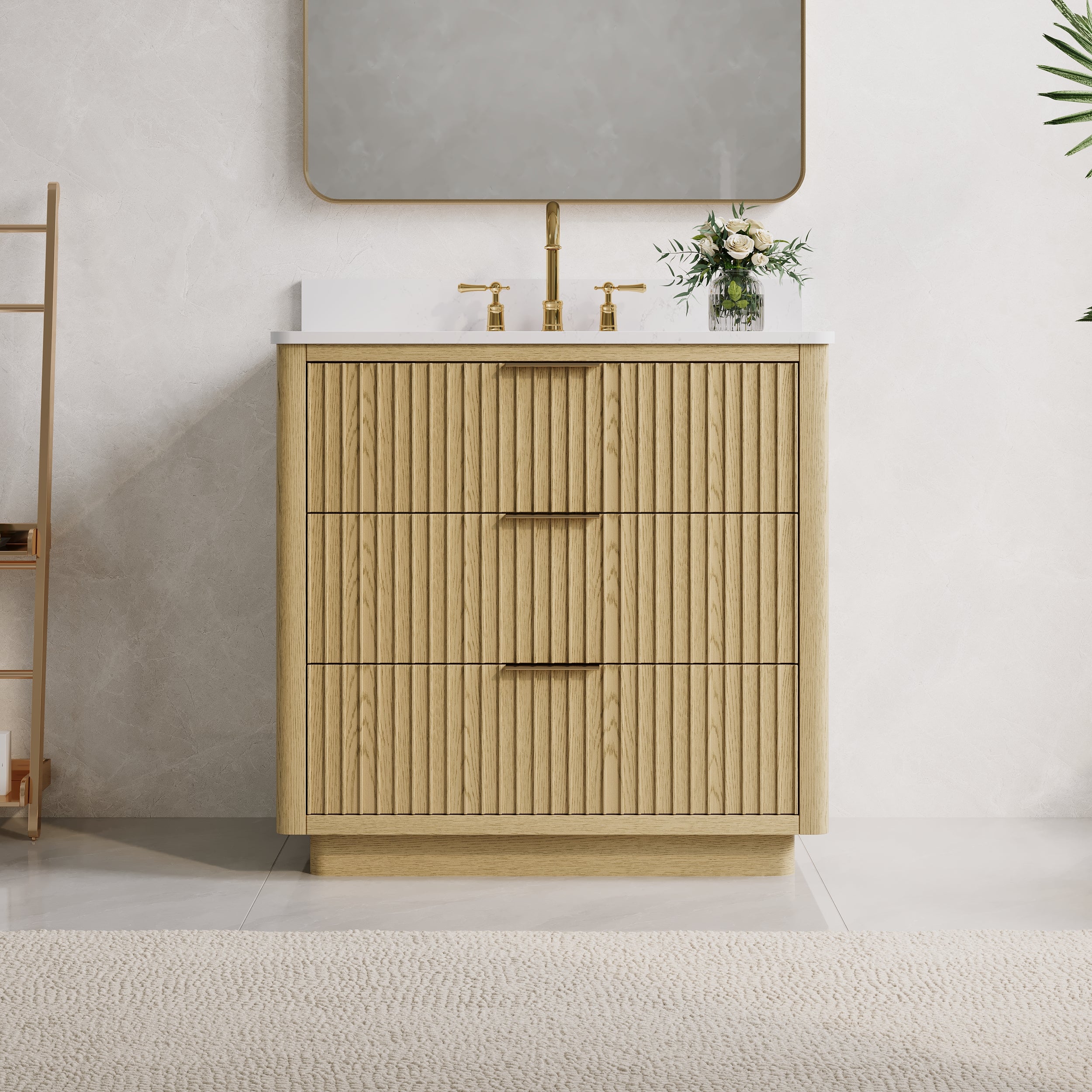
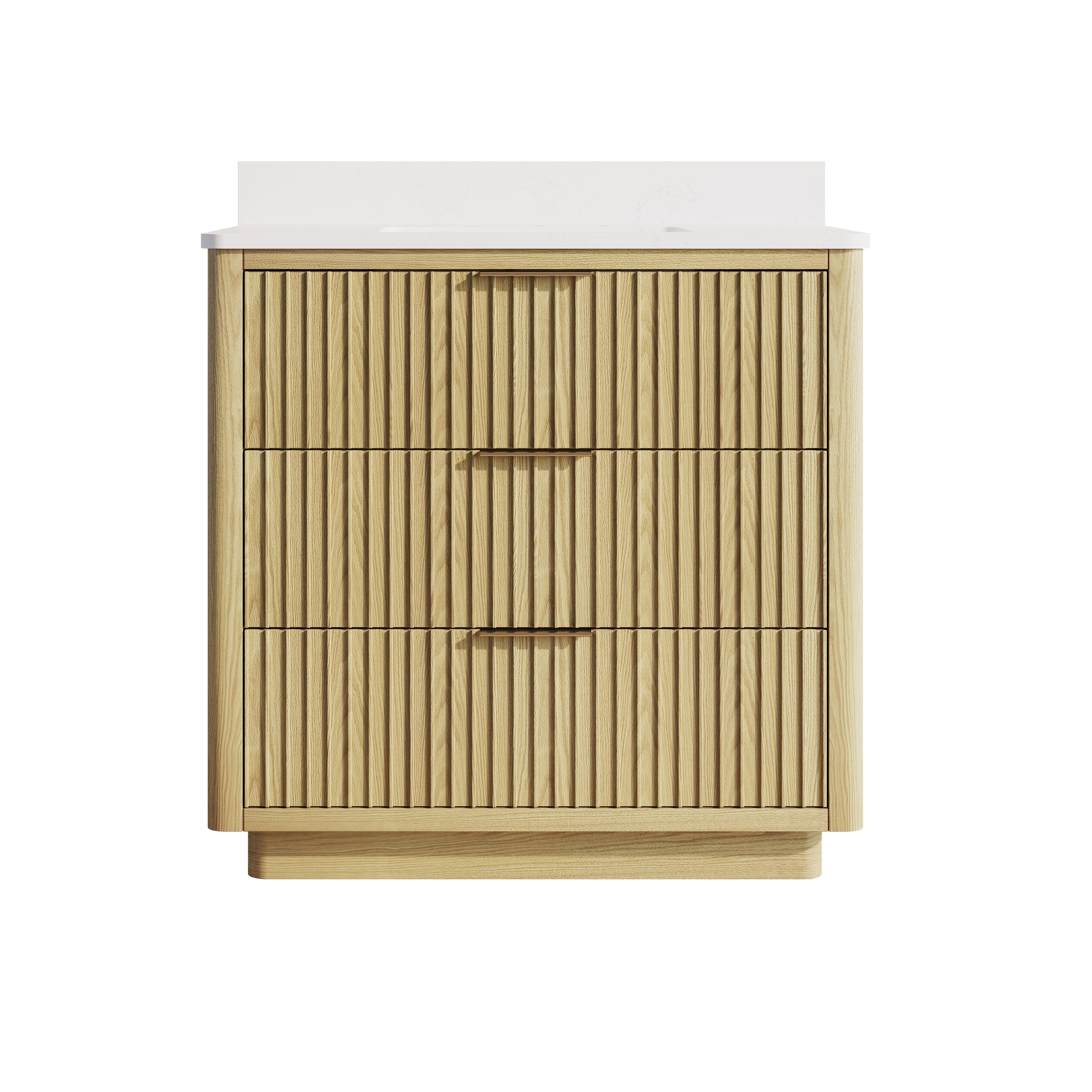
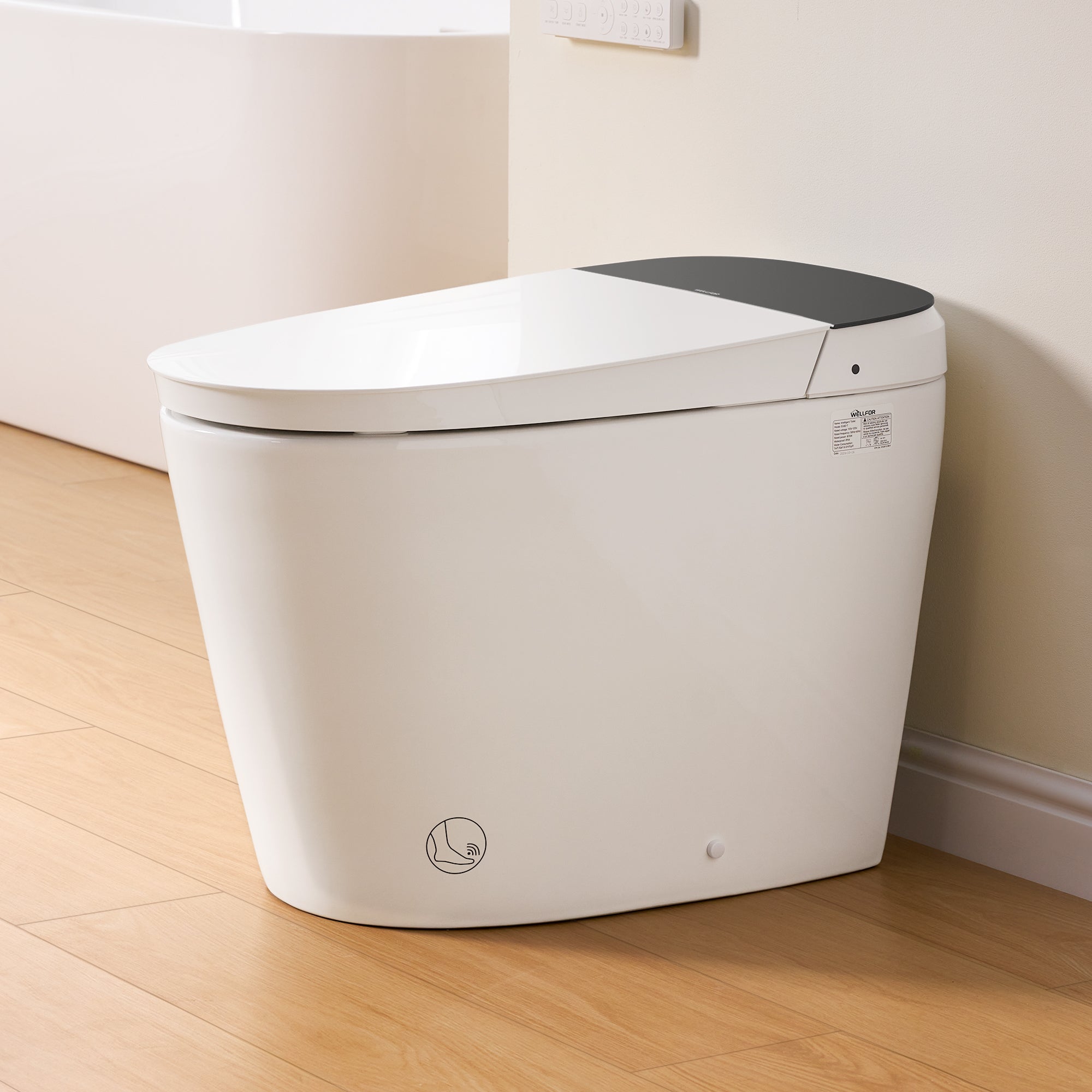
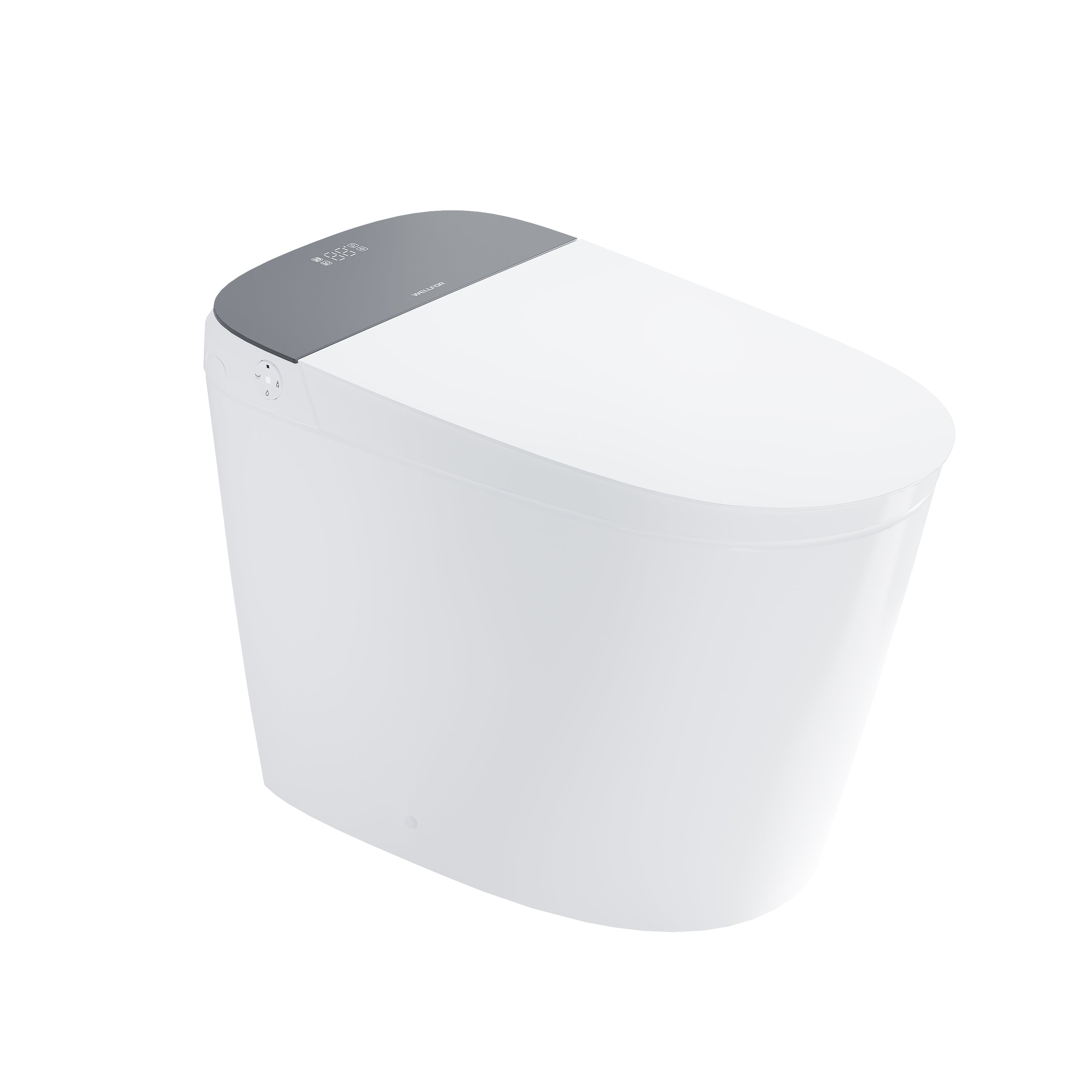
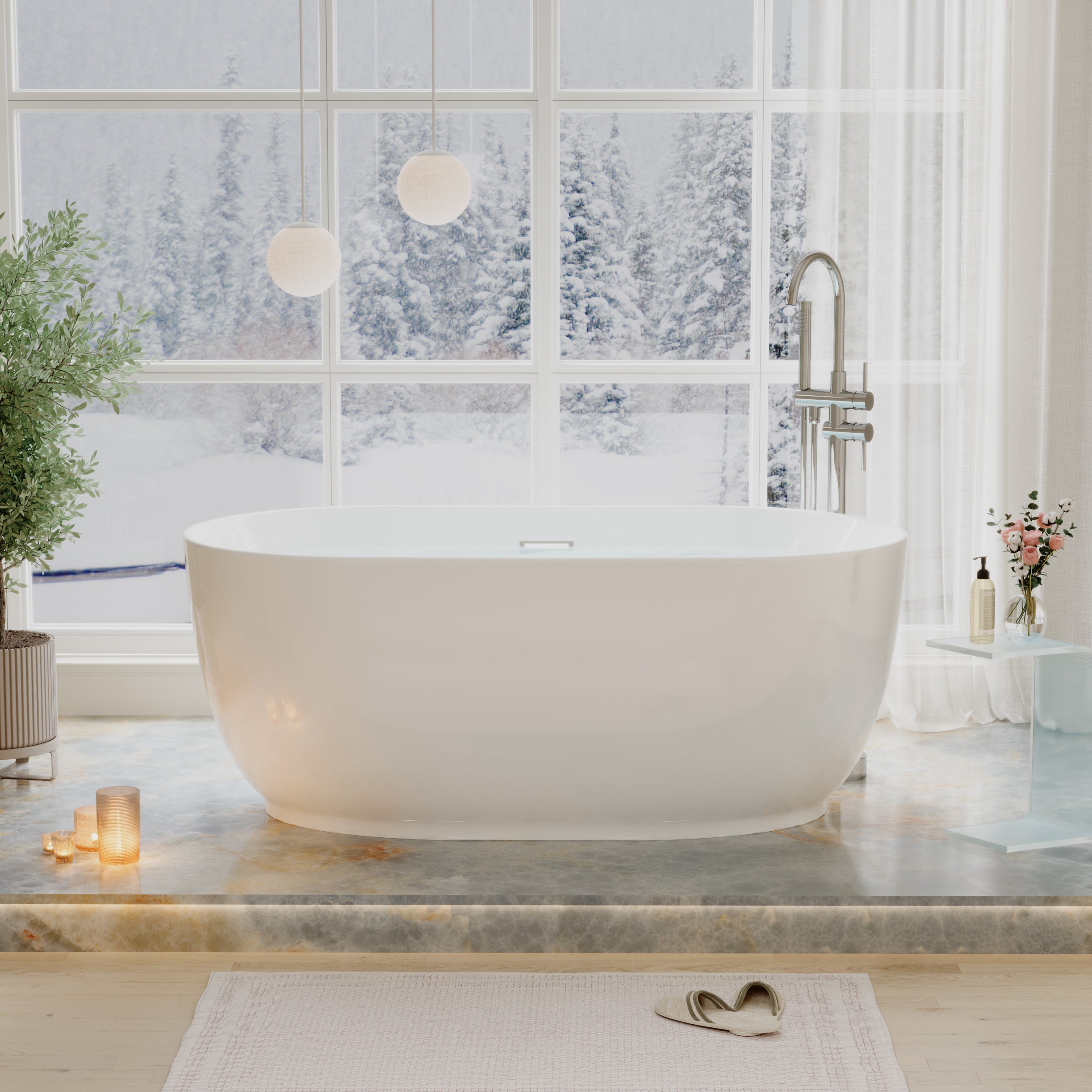
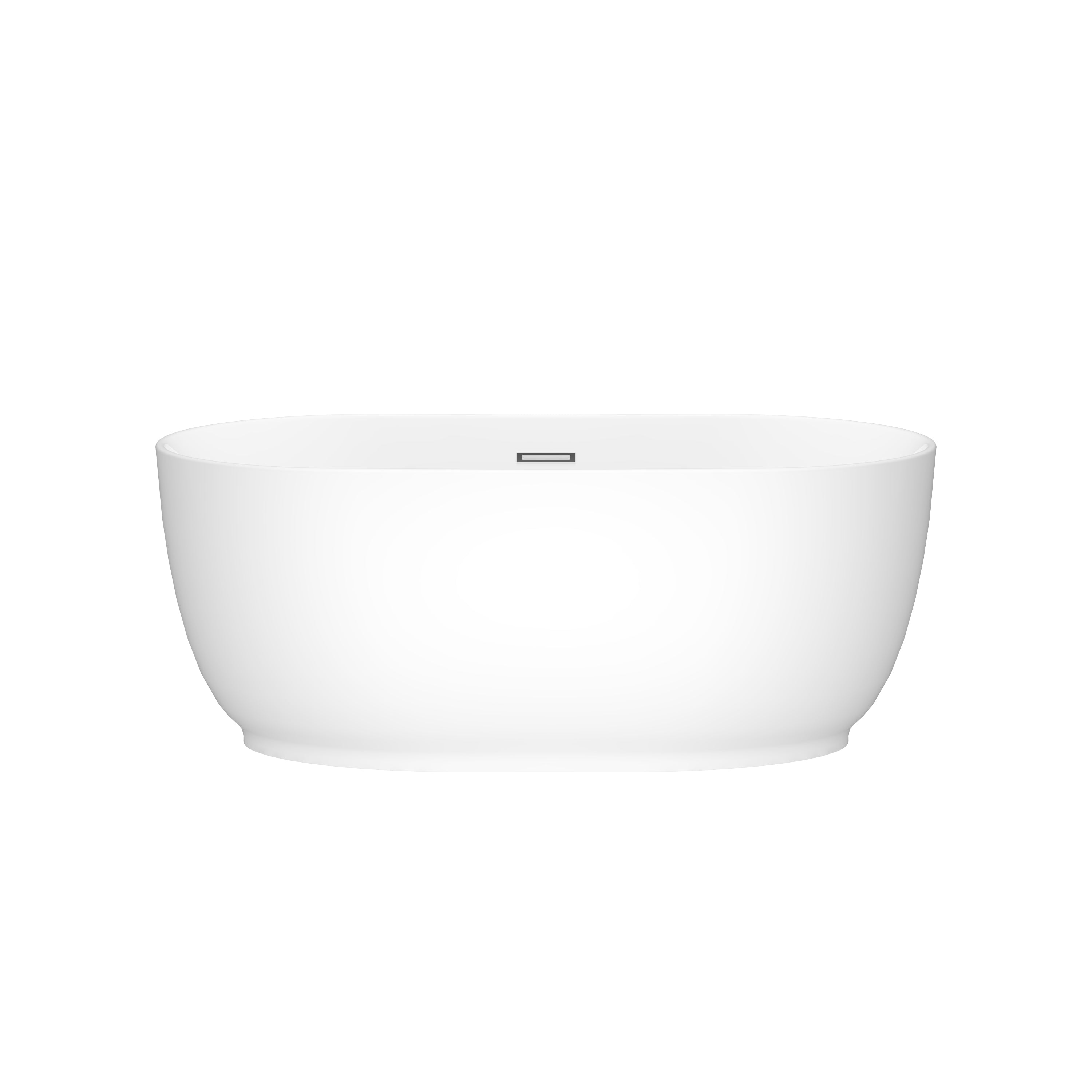
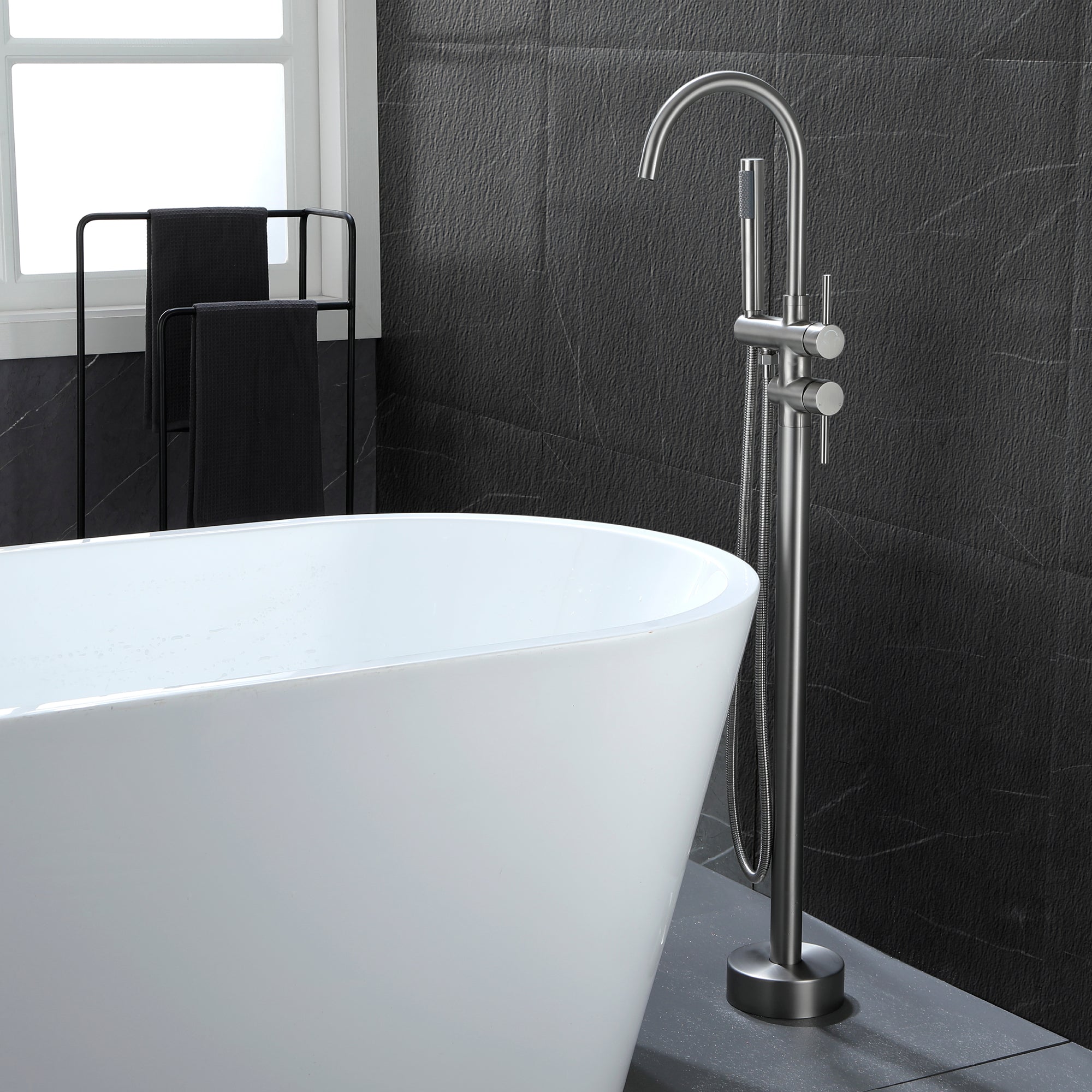

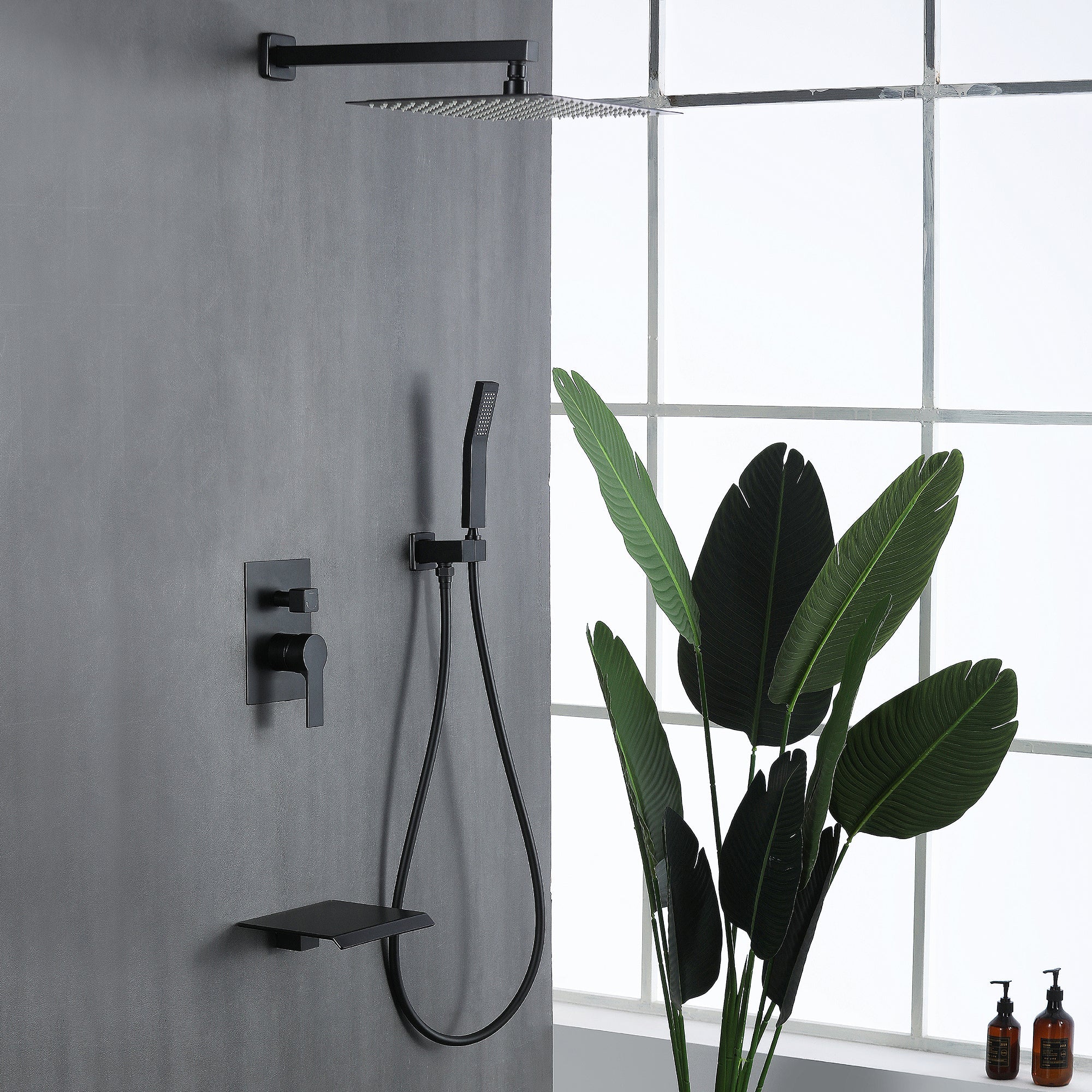
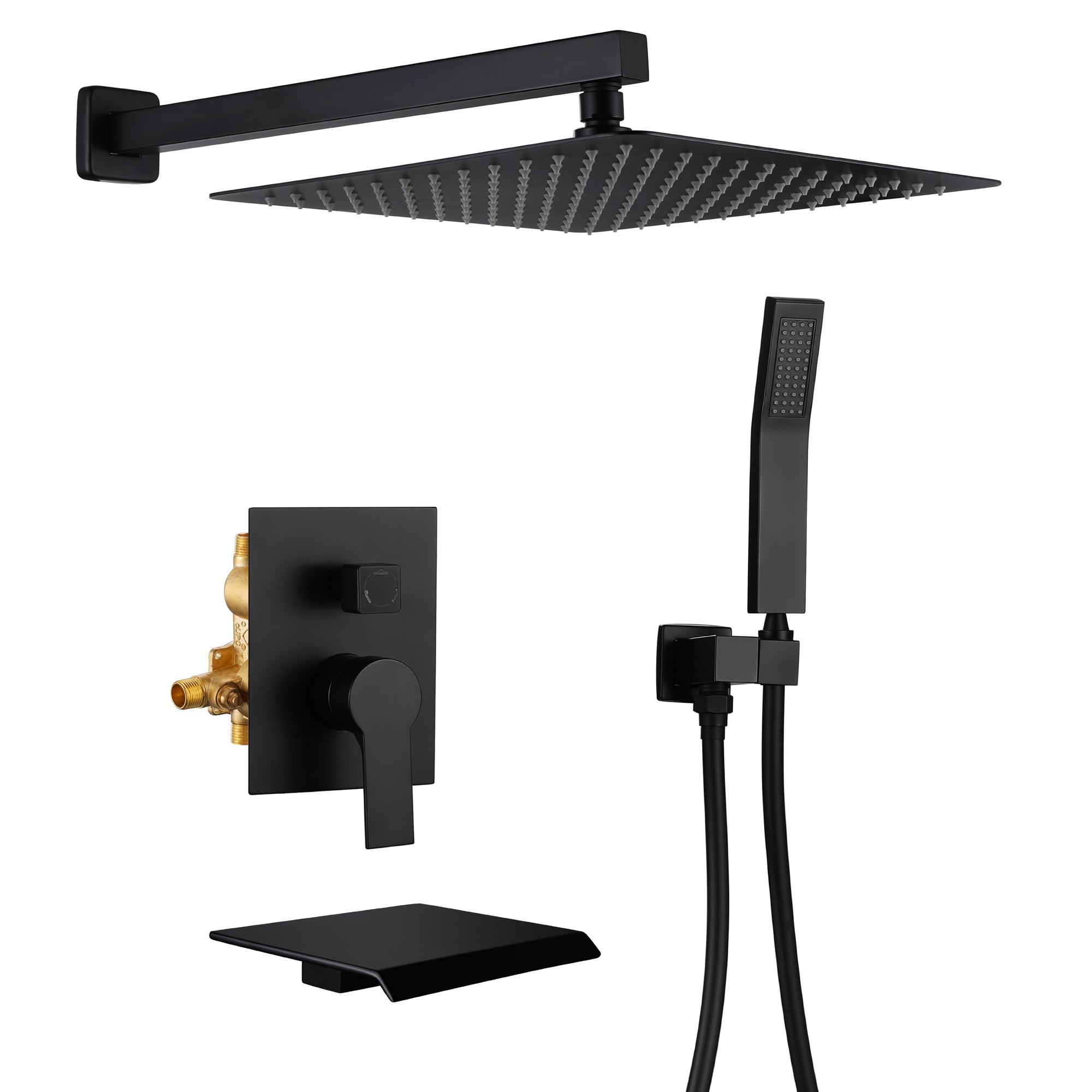
Leave a comment
This site is protected by hCaptcha and the hCaptcha Privacy Policy and Terms of Service apply.